How to make a classic reese bass like Renegade's Terrorist
Next up in our guide to 15 essential synth sounds every producer should know, the mighty reese bass
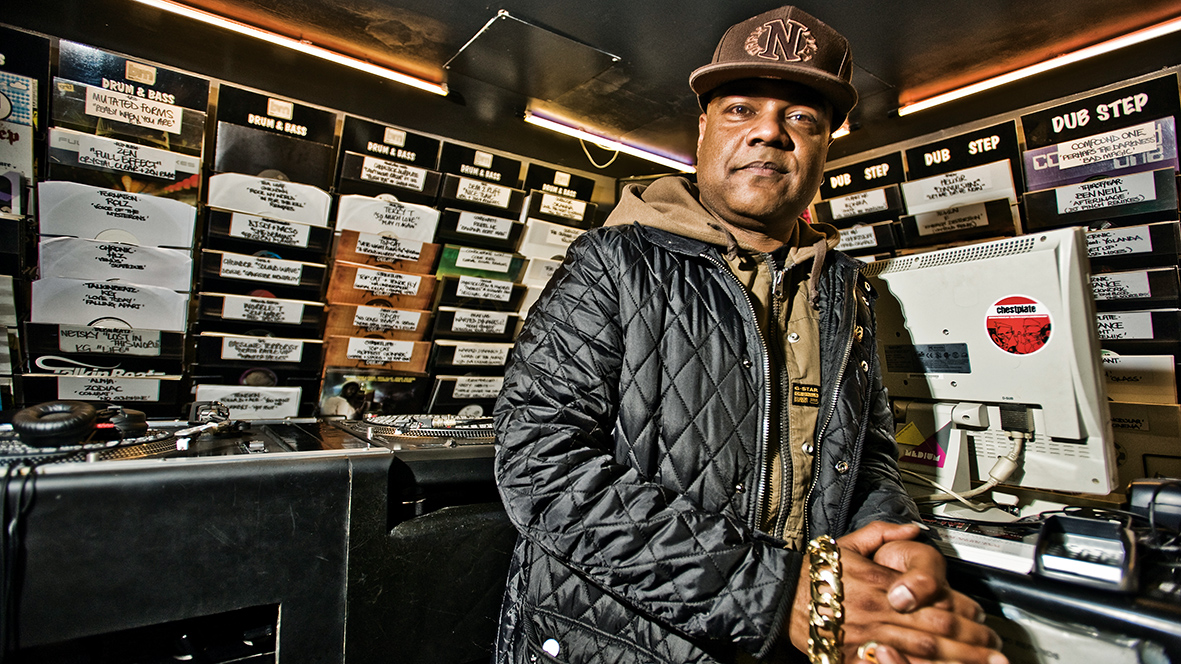
Over the coming days, we'll be publishing a series of tutorials that cover the most essential, bread-and-butter synth patches in every aspiring synthesist's arsenal as part of our guide to the 15 synth patches every producer should know. Next up: the mighty reese bass.
This classic bass sound goes way back to the late ’80s. Reese was a project from producer Kevin Saunderson and the track that kicked it all off (Just Want Another Chance) featured a fat wobbling pad-like bass sound.
It was then sampled in a handful of mid-’90s drum & bass productions, most notably Renegade’s track Terrorist. People then started to recreate the sound from scratch, establishing it as a popular tone across multiple genres.

The original sound was created with Saunderson’s favoured Casio CZ-5000, but we can actually make the sound with a regular subtractive synth. One method uses a single square wave oscillator with an LFO modulating the pulse width. However, in this example we’ll use the more characterful two-oscillator approach where you get phase cancellation between the two oscillators. We’ll then tailor this using fine detune. We’ll finish up by looking at how to improve the consistency of the low frequencies.
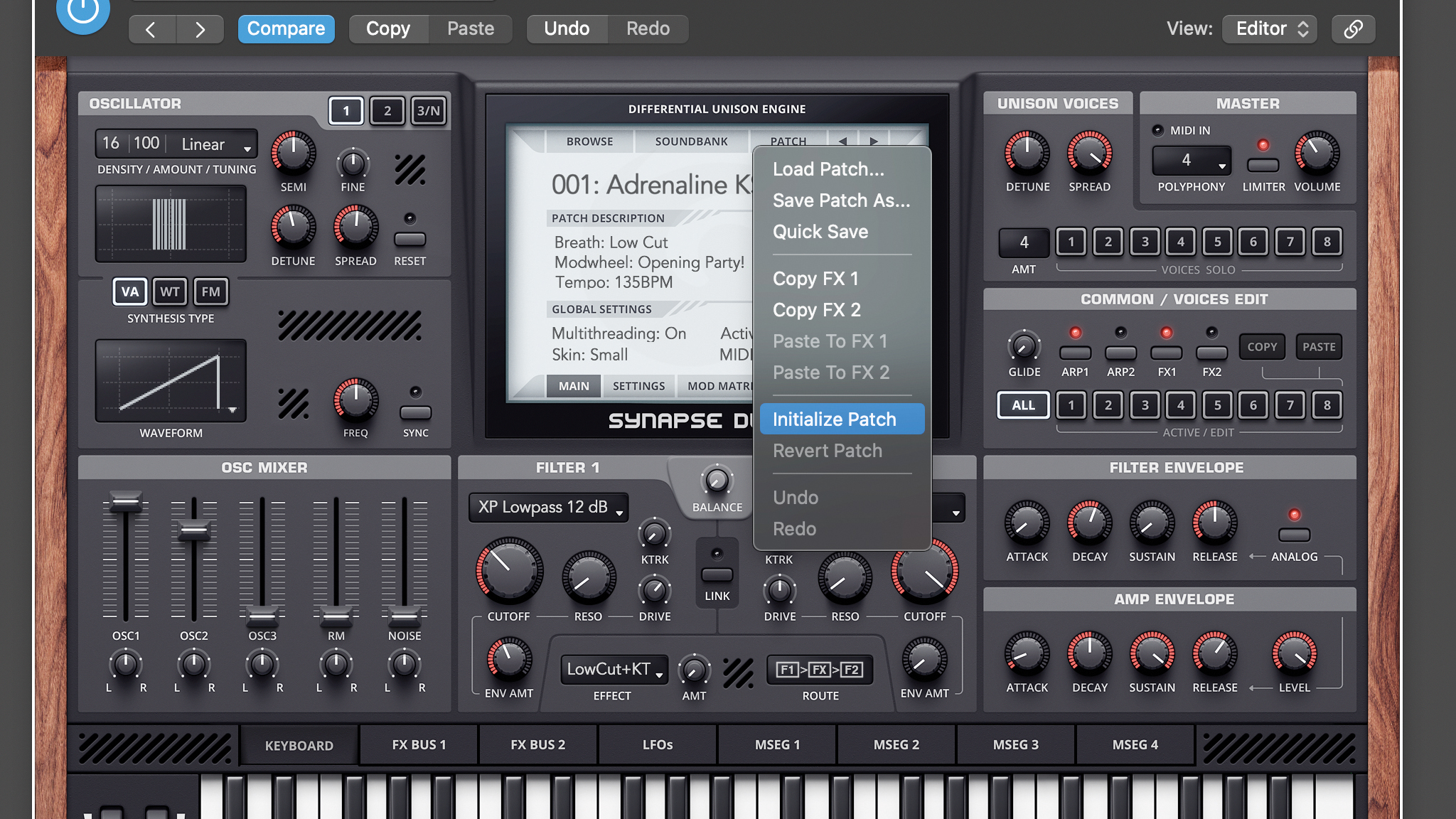
For a basic Reese sound, initialise the synth preset. Set two oscillators to the same octave with note on reset activated and select the waveforms. We’ve set both of ours to sawtooth but you can combine different types to achieve different timbres.
Now simply use the pitch fine-tune to offset the oscillator pitch. You’ll hear the phase cancellation causing the distinctive beating effect. We’ve set our offset to + and -55 cents.
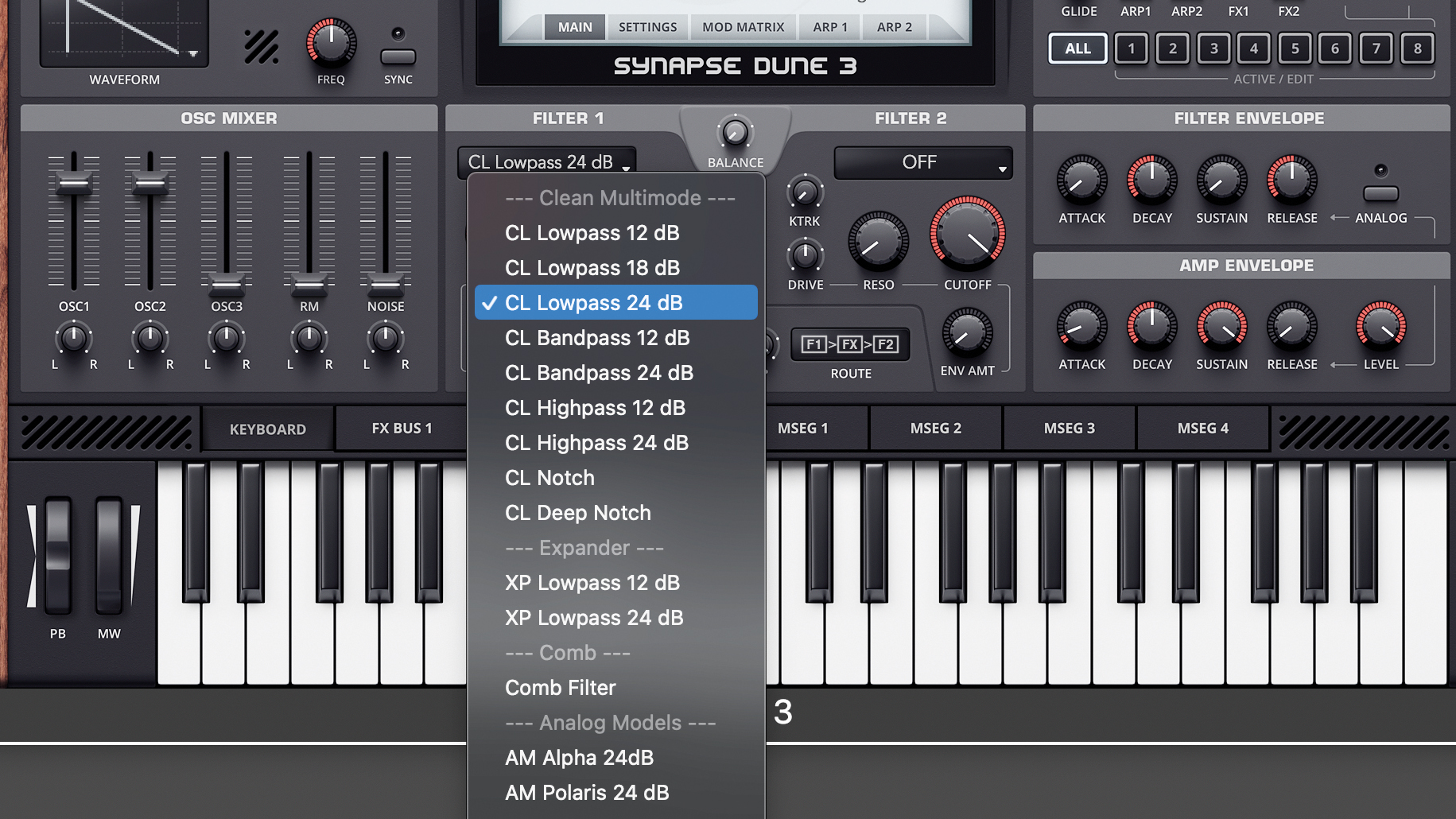
Now let’s turn this building block into a playable sound. Select legato playback mode and add some portamento. To shape the higher harmonics, add a low-pass filter and adjust the cutoff and resonance to taste.
Want all the hottest music and gear news, reviews, deals, features and more, direct to your inbox? Sign up here.
You’ll find there’s a filter sweet spot that fits the notes of your bass part, while a little resonance can add some grit. We’ve set ours to 24dB/octave and about 4kHz cutoff.
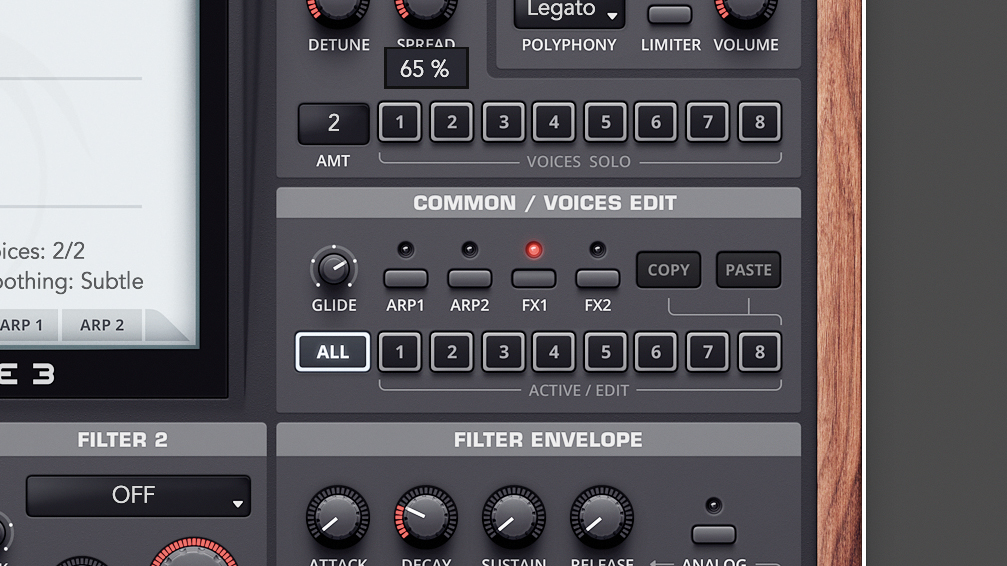
The sound is now taking shape but there’s plenty more we can do to finesse it. First up, unison. This multiplies the voices adding width and if desired even more detune. We’ve set this to 2 voices, with spread at 65% and detune at 50%.
Next, use the filter envelope to add attack. If you don’t have a hardwired filter envelope then assign one to filter cutoff. We’ve set our decay short and the amount low (about 15%).
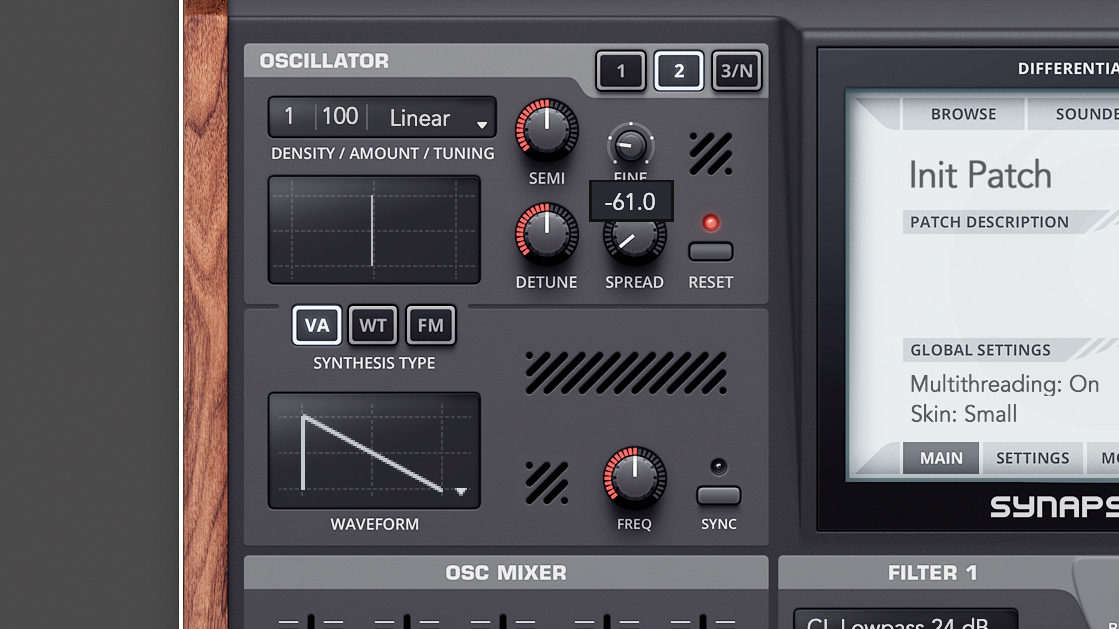
When adjusting the pitch offset you may have noticed that the speed of the beating effect was influenced by both the notes and the pitch offset.
Some of the most impressive Reese basses lock the timing of this beating with the track. This is impossible to get perfectly right, nevertheless try tweaking your detune so that at least one of your bass notes has beats that fit with the tempo of the track (+/-61 cents for us).
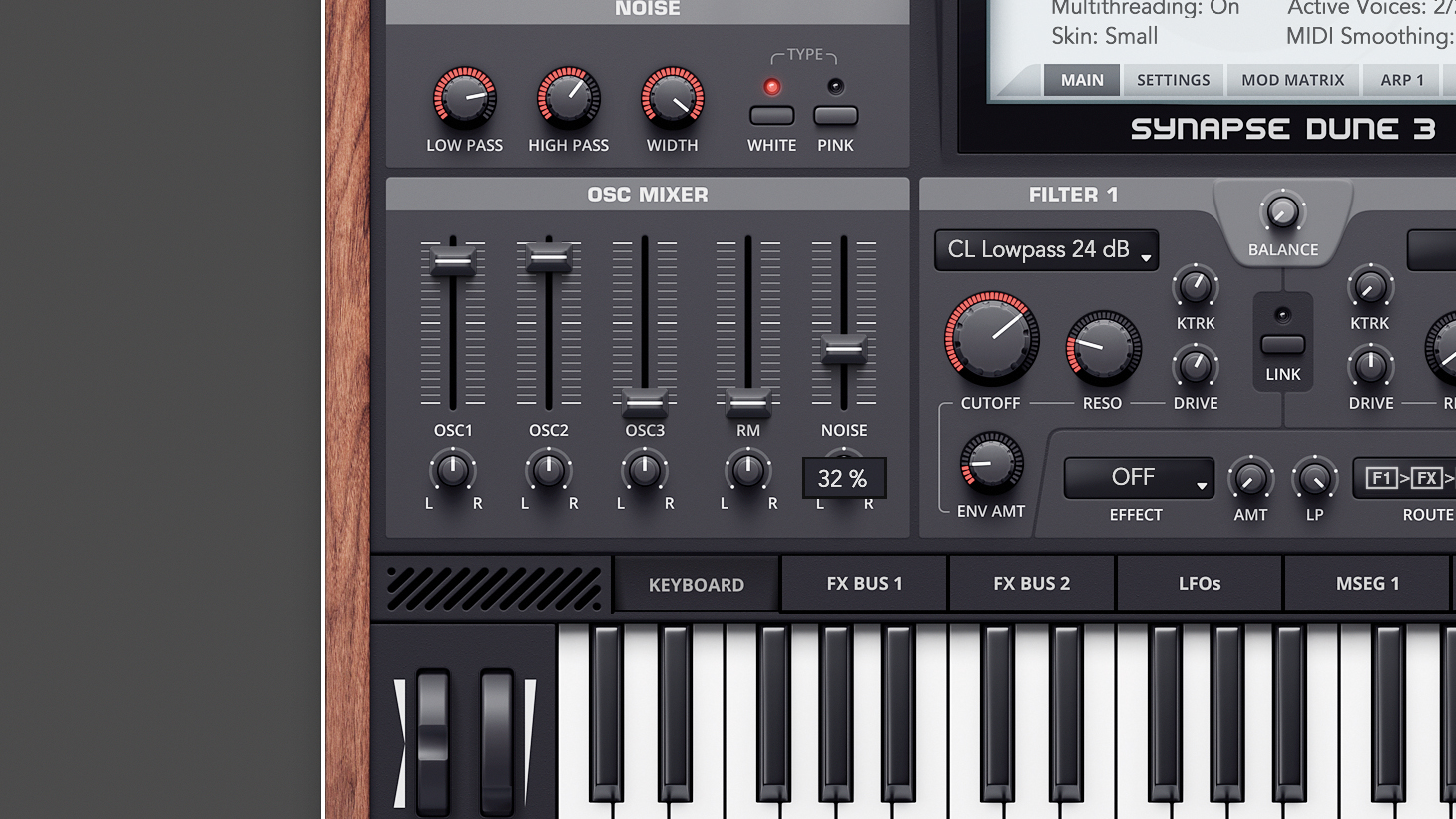
The original Reese bass sound is quite noisy and this adds character. We can add this back into our sound by using a small amount of noise from the synth’s noise generator.
Many synths offer a choice of noise sounds so find one that works. Here we’re using the white noise and have tailored the sound with its high- and low-pass filters and width control, then blended it low in the oscillator mixer.
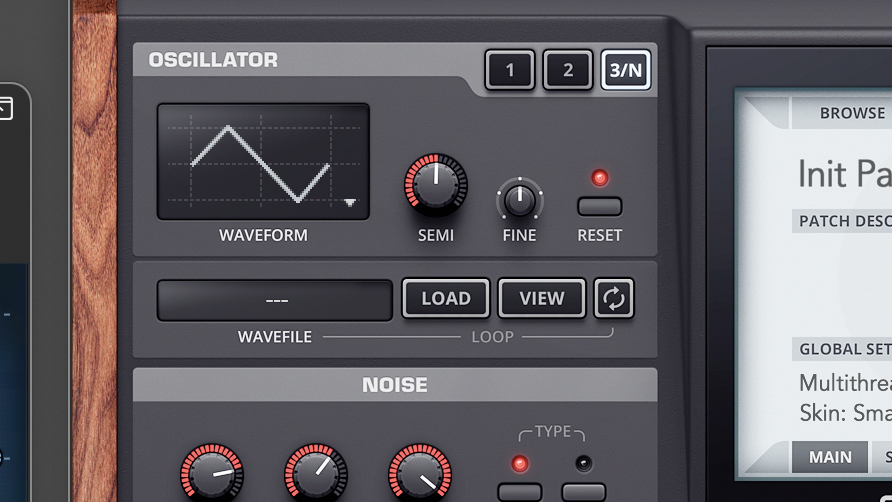
Finally, the phase cancellation between oscillators can create unpredictable sub frequencies. You could simply add a sub oscillator, though this can create problems as it blends with the other two oscillators.
Some wavetable synths let you remove the fundamental pitch from the oscillators. A more general approach is to apply a high-pass filter to your Reese sound and layer it with a separate sub, which is what we’ve done.